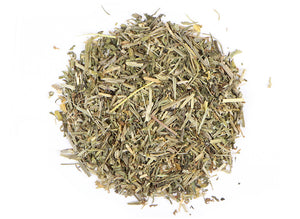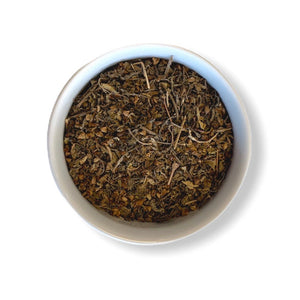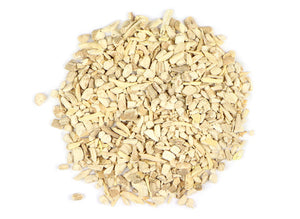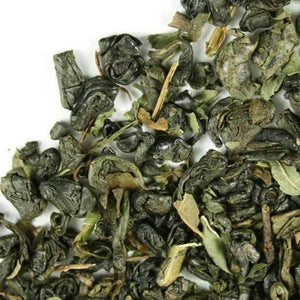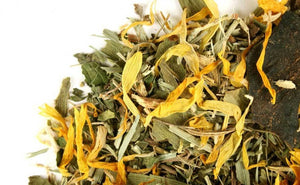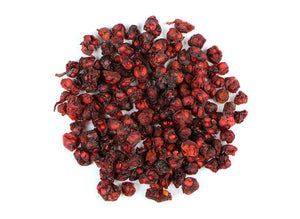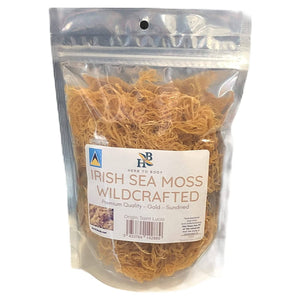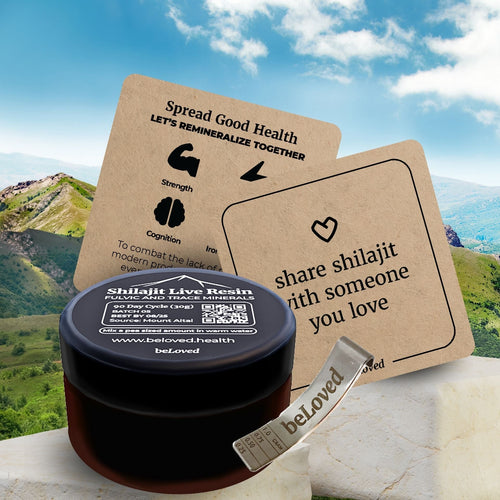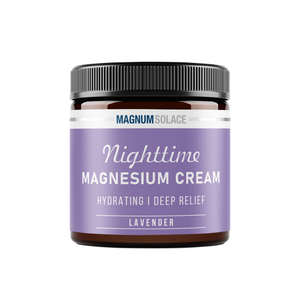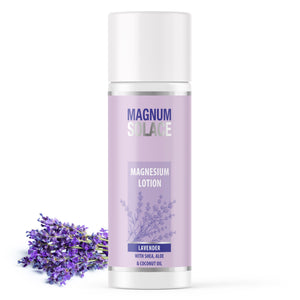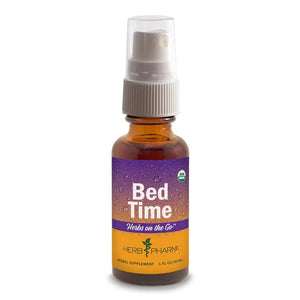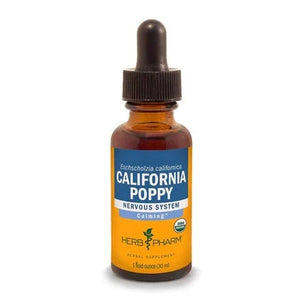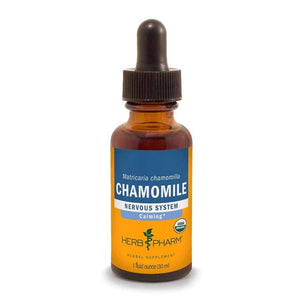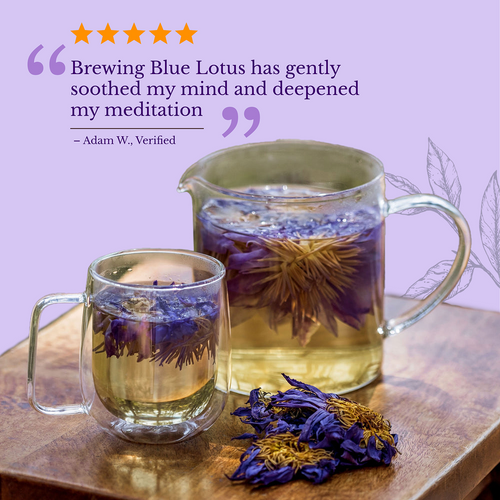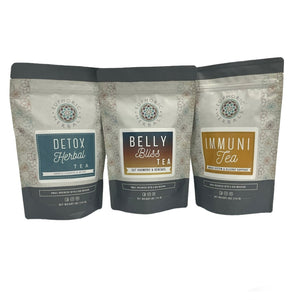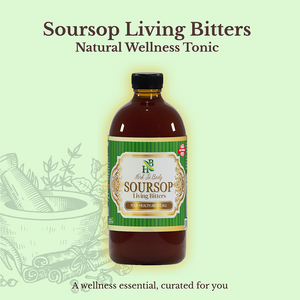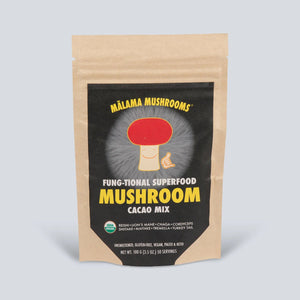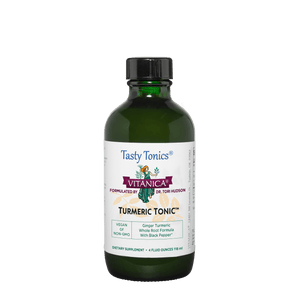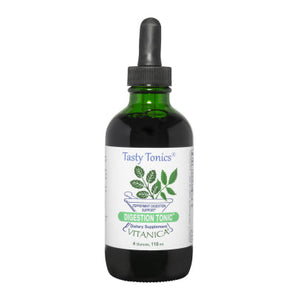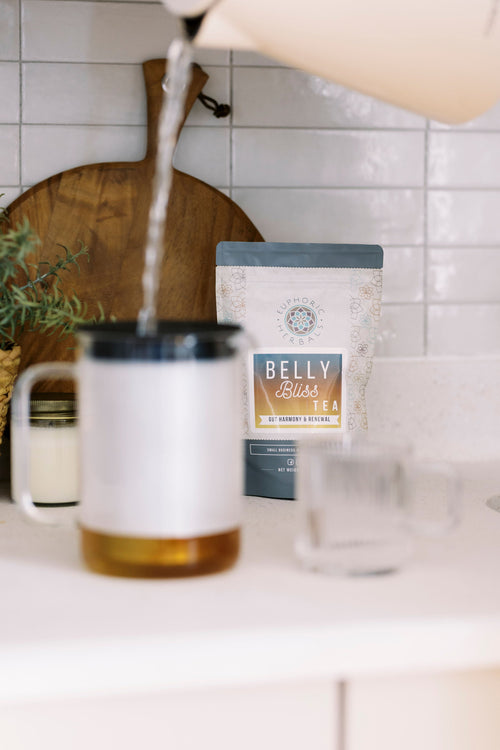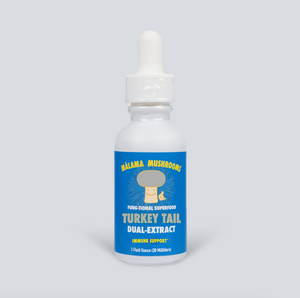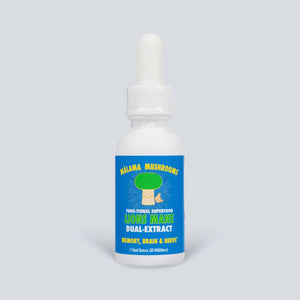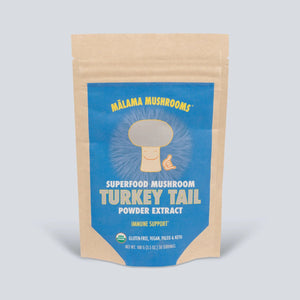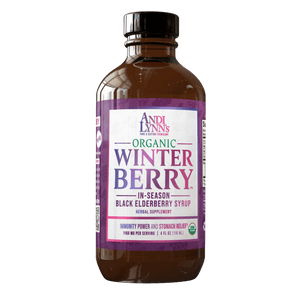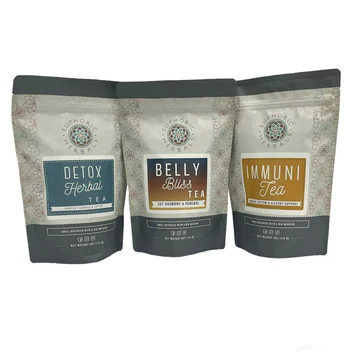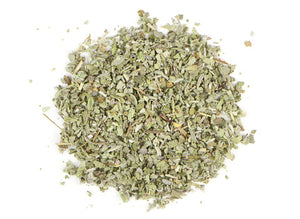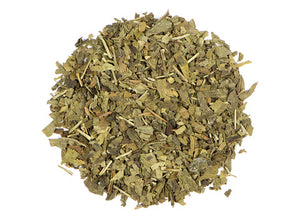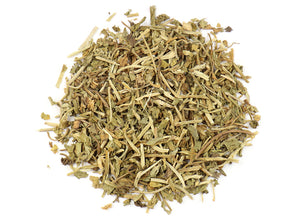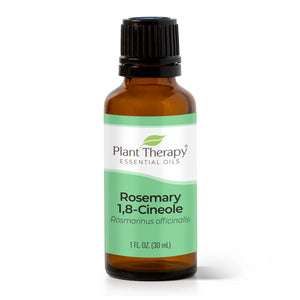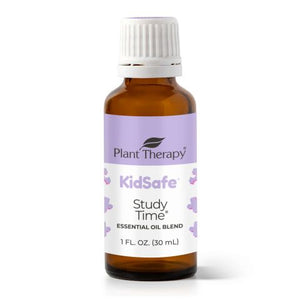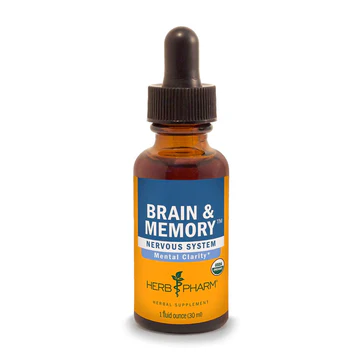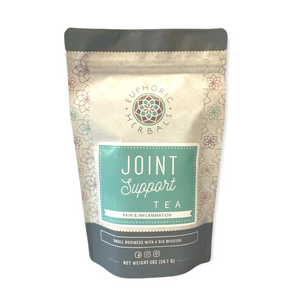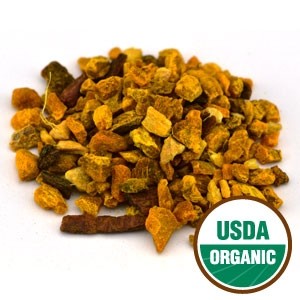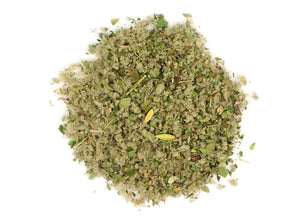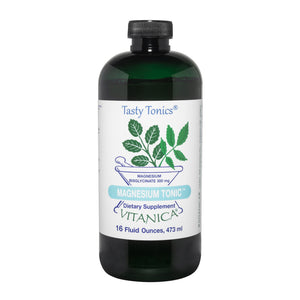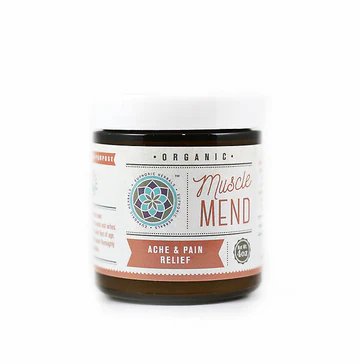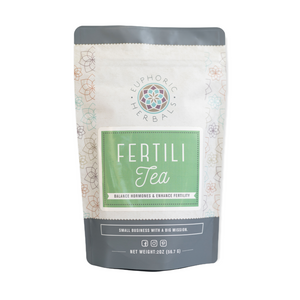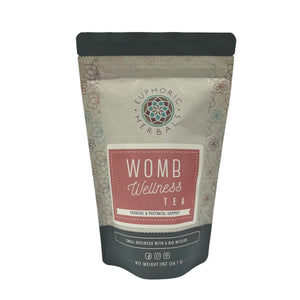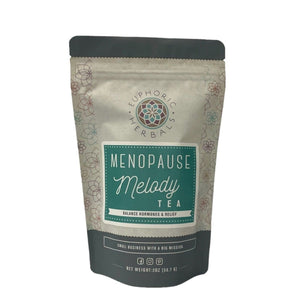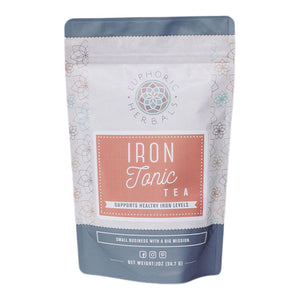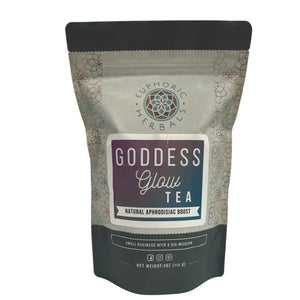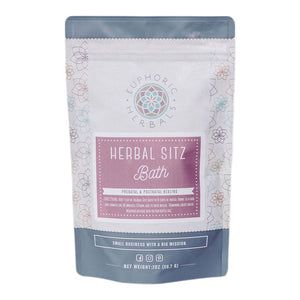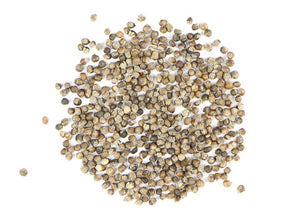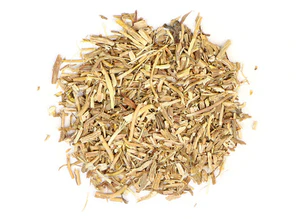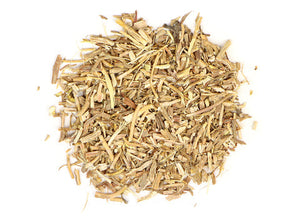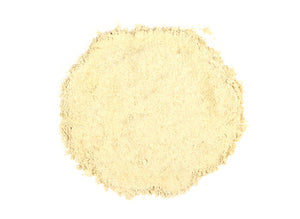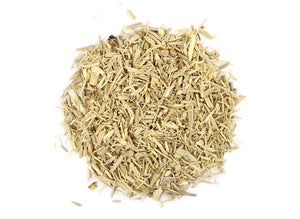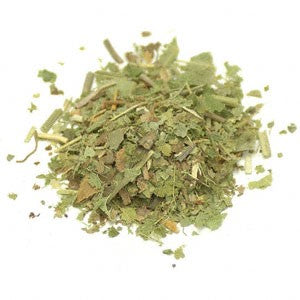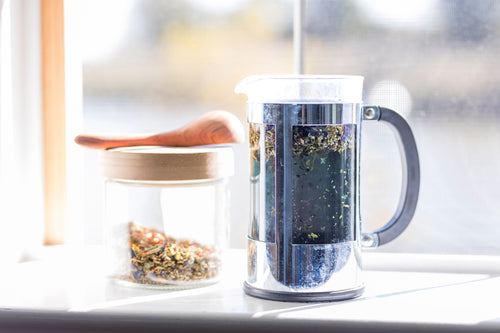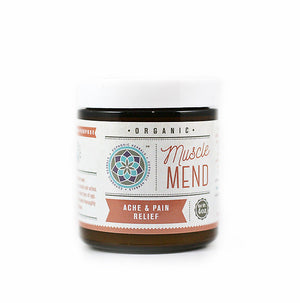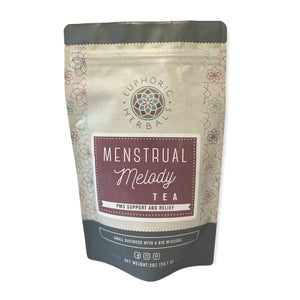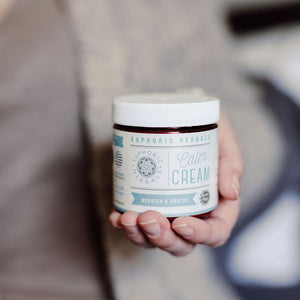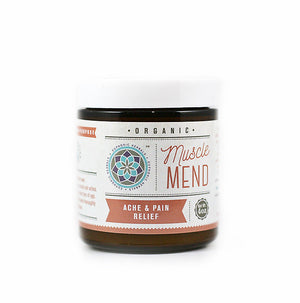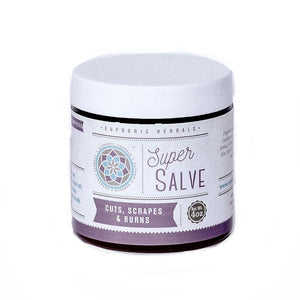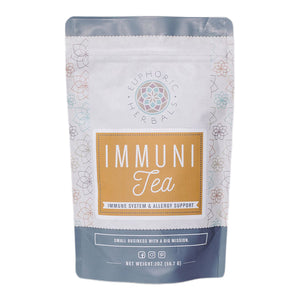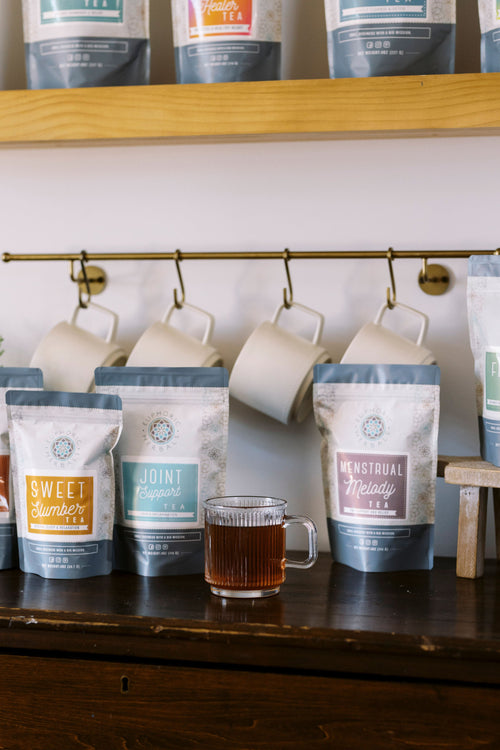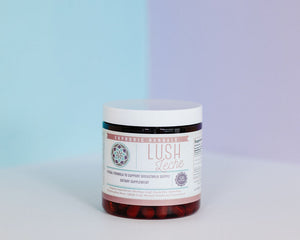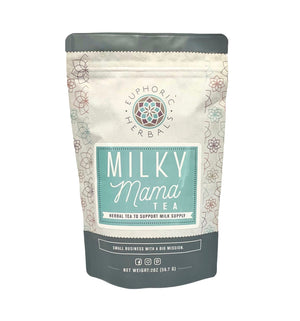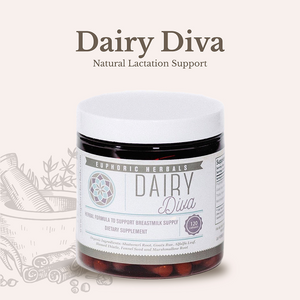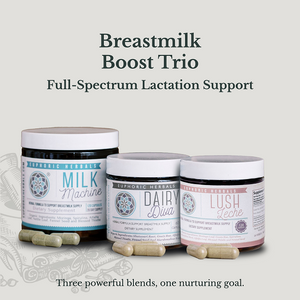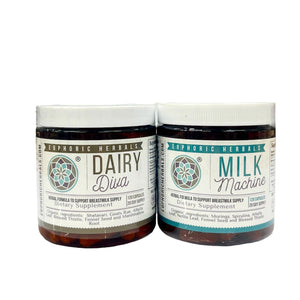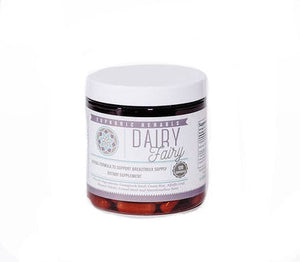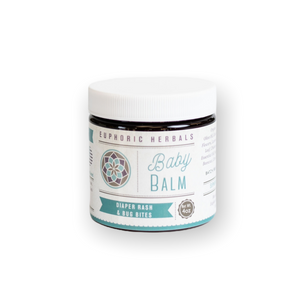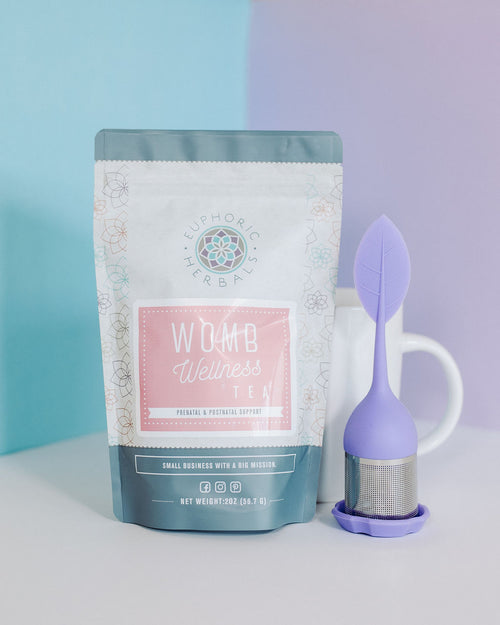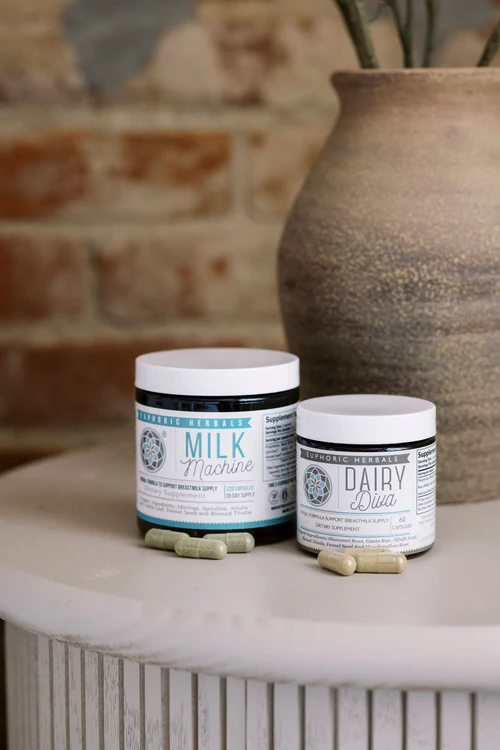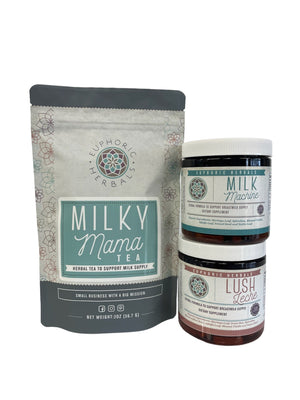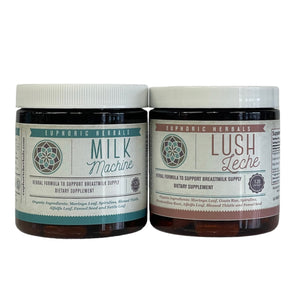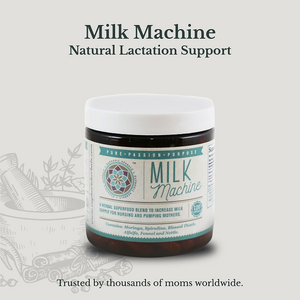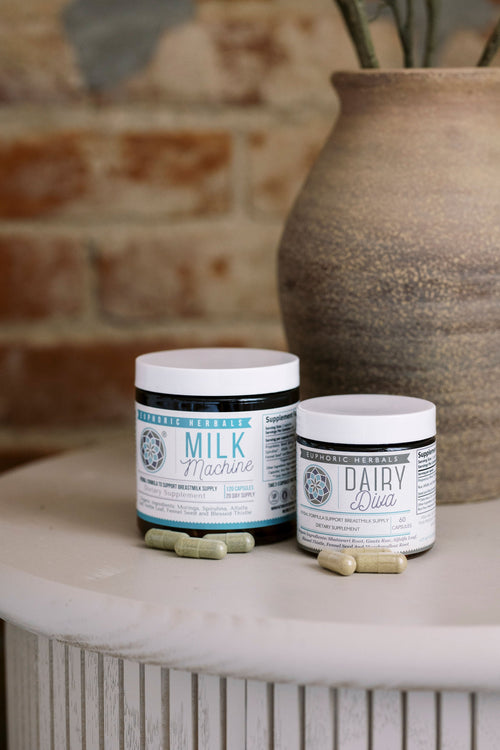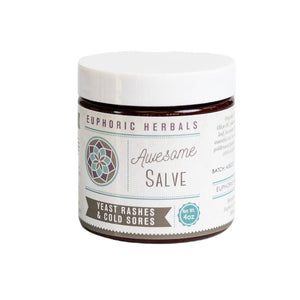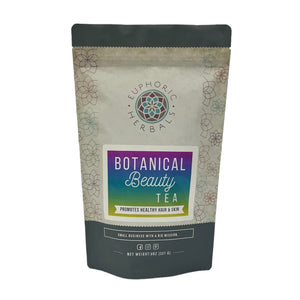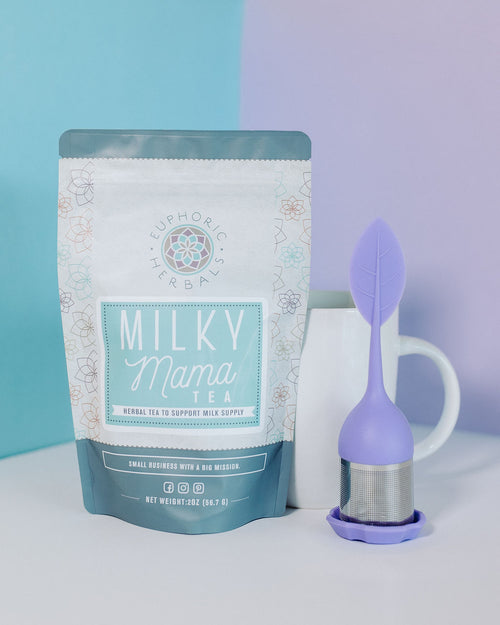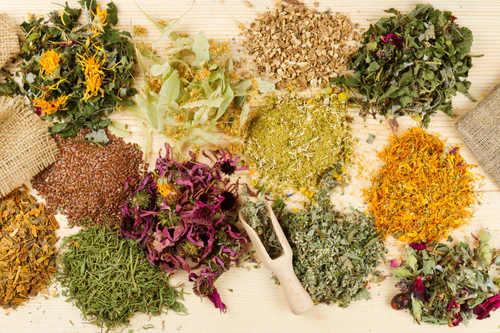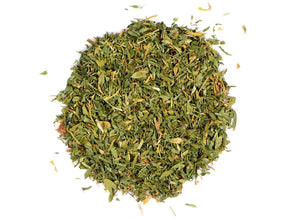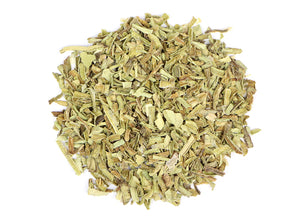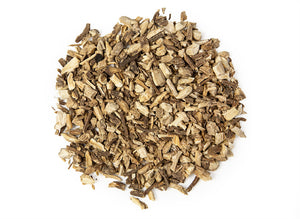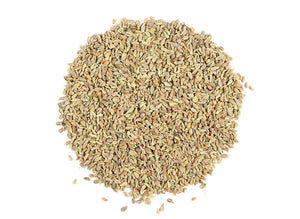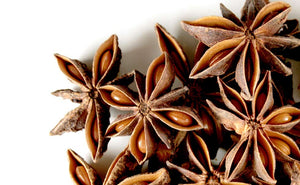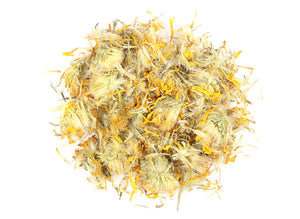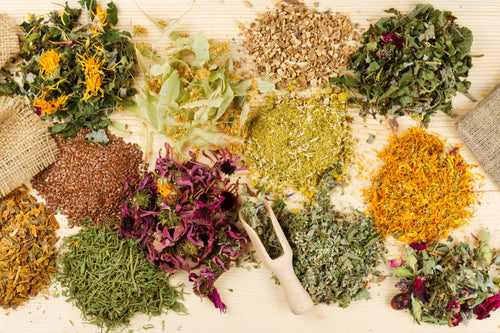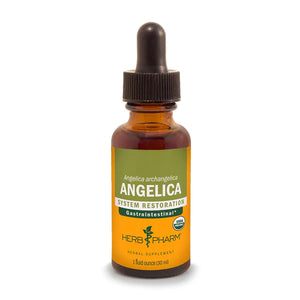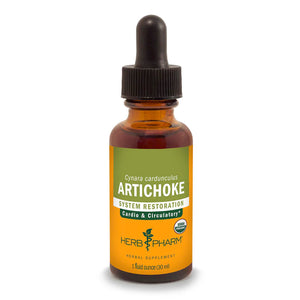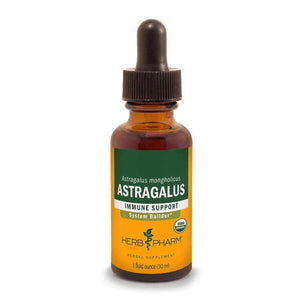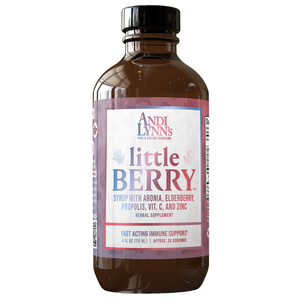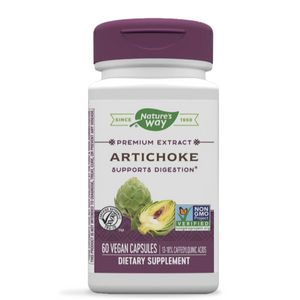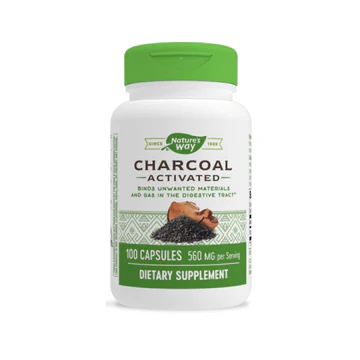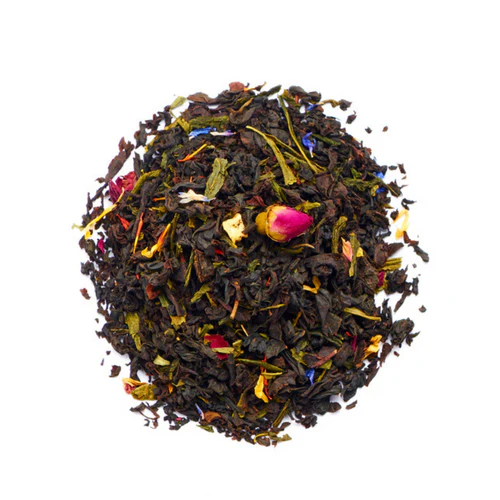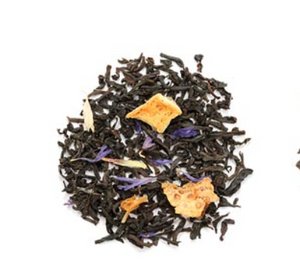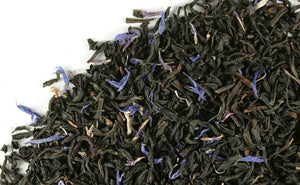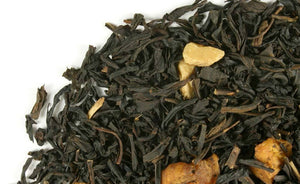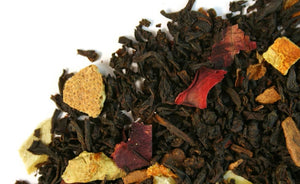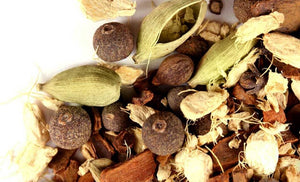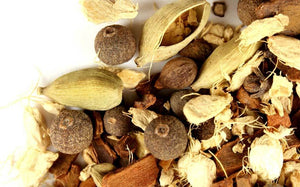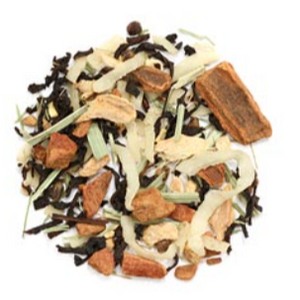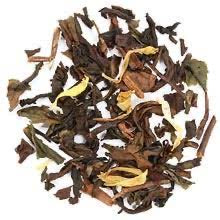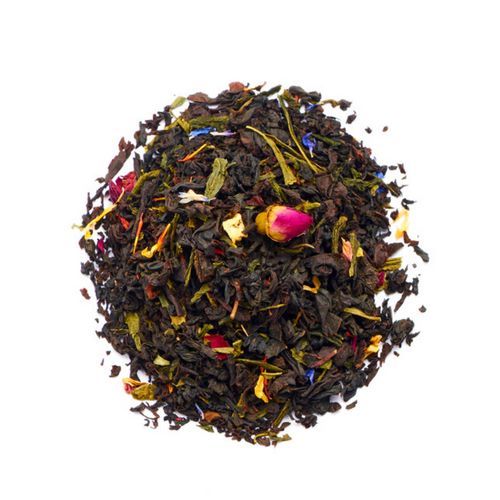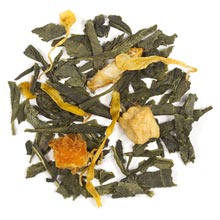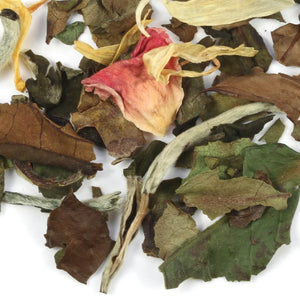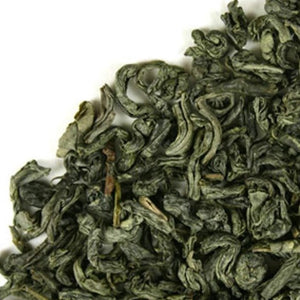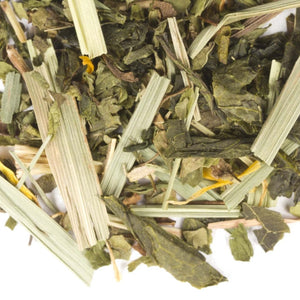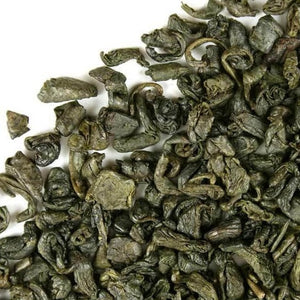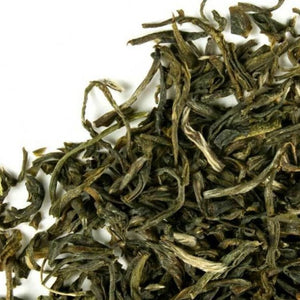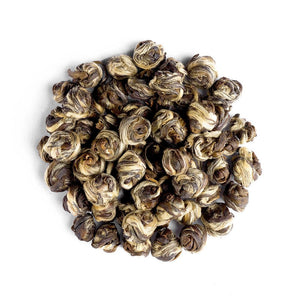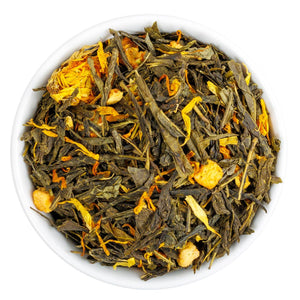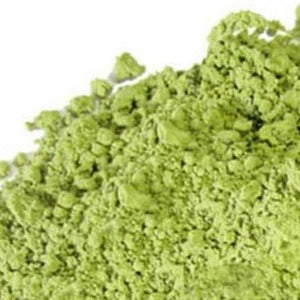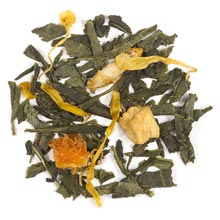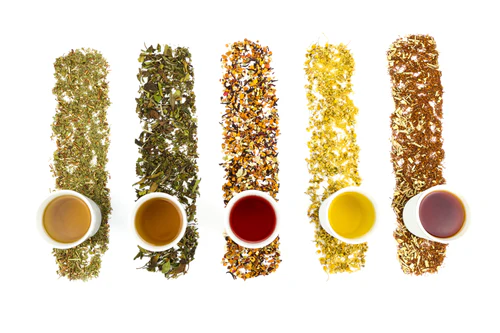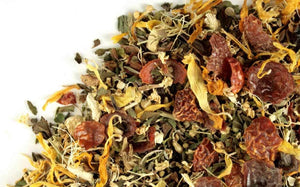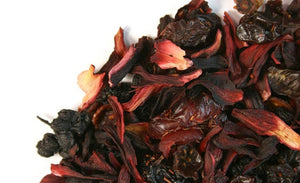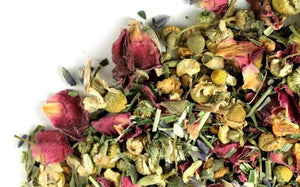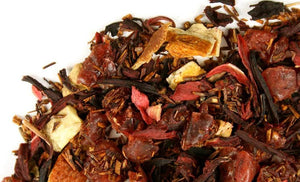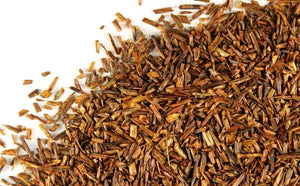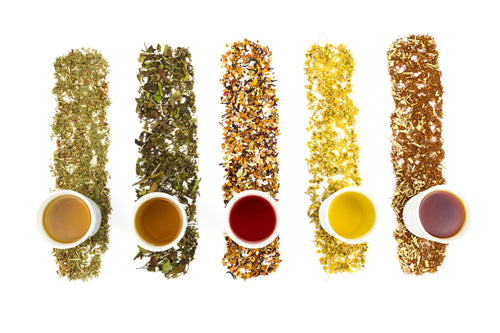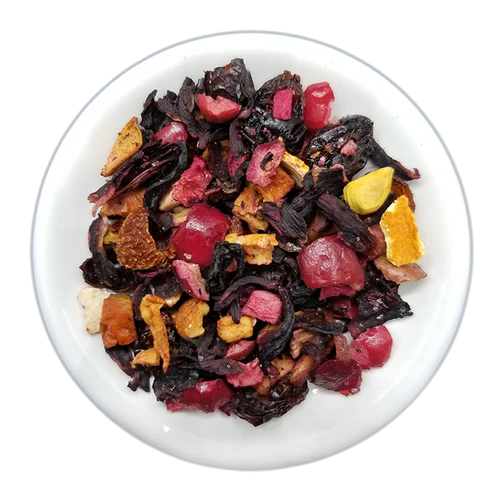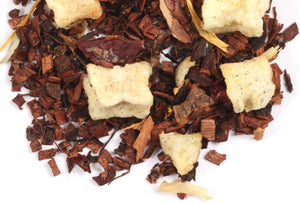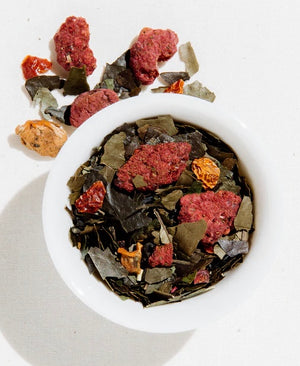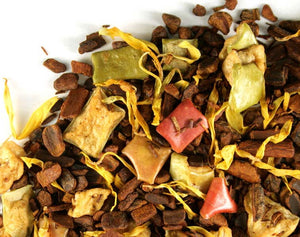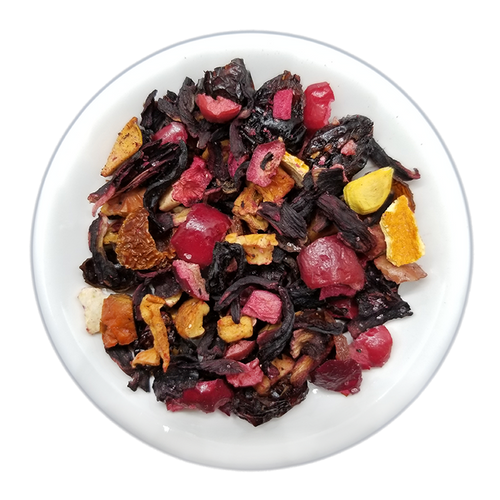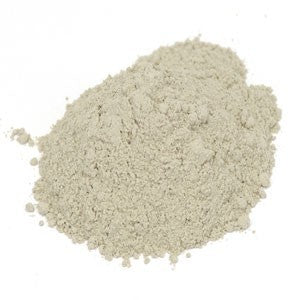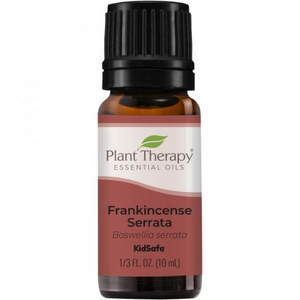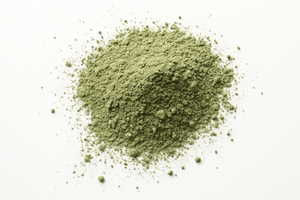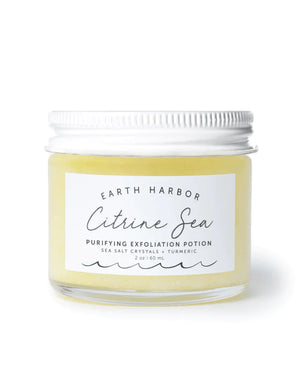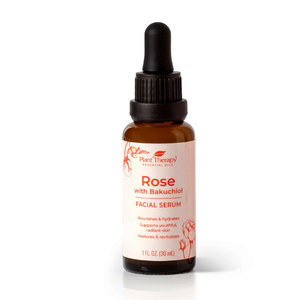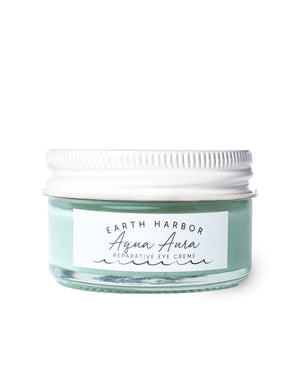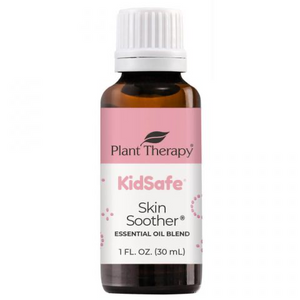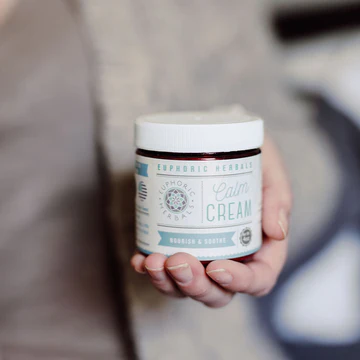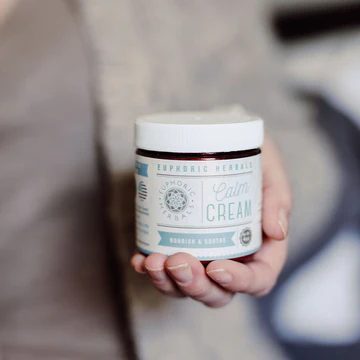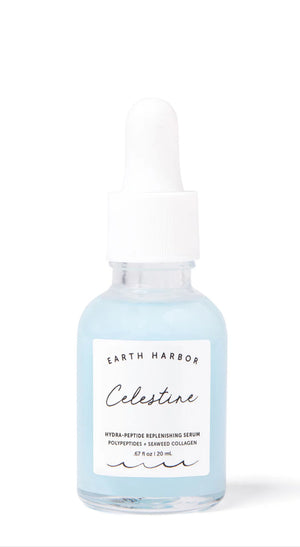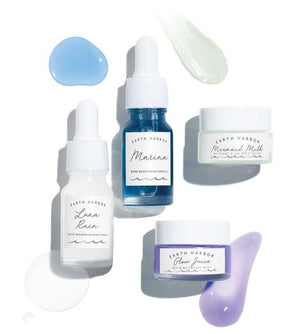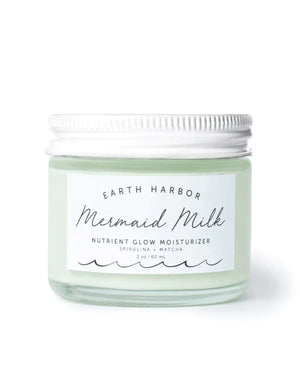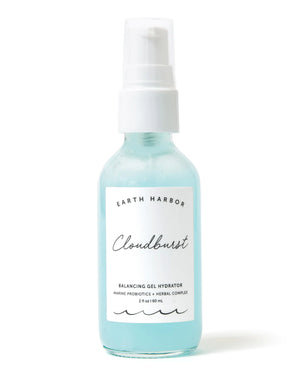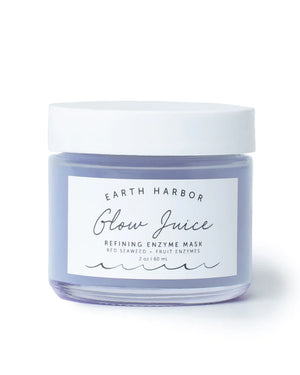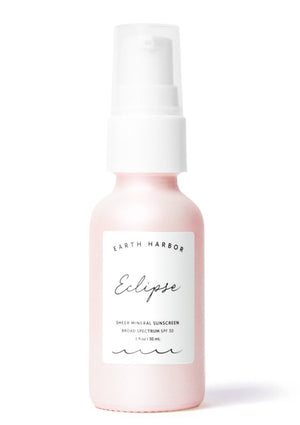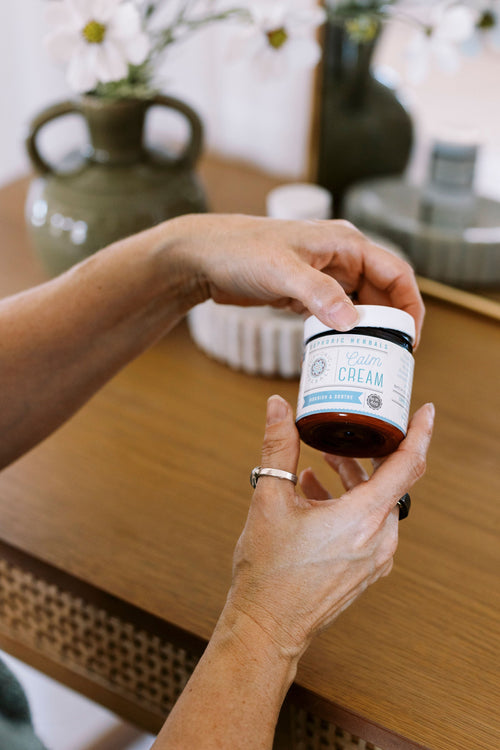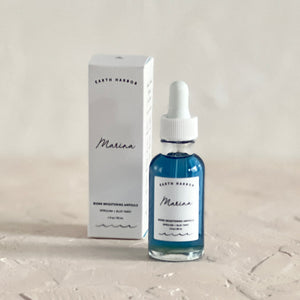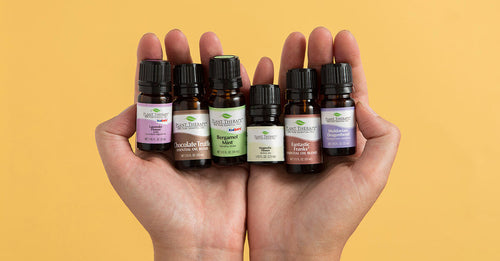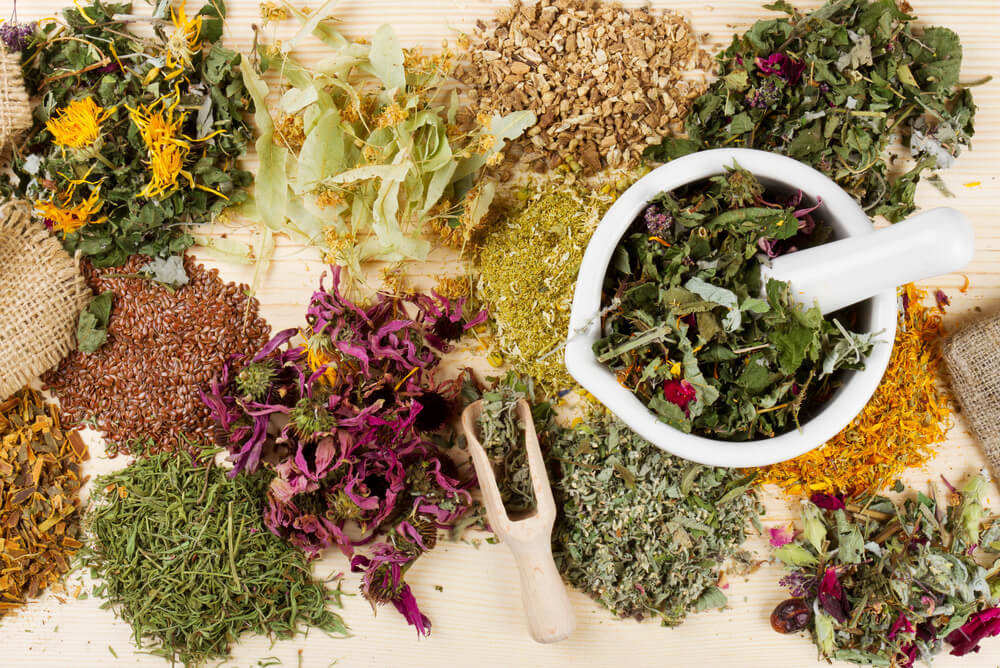What Herbs can you Smoke? If so, Which ones?
Herbs have been used for smoking for thousands of years. They have played a big role in certain spiritual rituals throughout the ages and have also been used for health purposes.Unlike tobacco, the herbs in this article are not addictive. They also tend to be much less expensive when you buy them and create your own custom blend. (Marijuana is not included in the list because it isn't legal in many states.)
Here's more about the best smokable herbs and how to go about making your own smoking blend.
Are There Benefits to Smoking Herbs?
People decide to try smoking herbs for a wide variety of reasons. There's no question they are better for you than tobacco, and each herb has properties that may be good for your health.
Here are a few of the most common reasons for smoking herbs:
- Kicking a tobacco/nicotine habit
- Relaxation
- Mood enhancement
- Spiritual ceremonies/rituals
- Respiratory support
- Mental stimulation/energy
However, it's important to keep in mind that just because herbs are natural doesn't mean any herb can be smoked. Be sure to do your research on an herb before sticking it in a smoking blend.
Also, smokable herbs are really meant for occasional use because constantly breathing smoke into your lungs- no matter the source- is not good for your health.
What are the Types of Smokable Herbs?
As you read through the following herbs, keep in mind that a good smoking blend is made up of three different types of herbs: base, supportive, and flavoring.
Base herbs (also called carrier herbs) make up the bulk of the blend and "carry" the other herbs. Supportive herbs are chosen because they have a specific effect like calming stress or supporting lung function. Flavoring herbs are added to make the blend taste appealing.
Here are the standard proportions you want to follow:
- Base Herbs- 40-60% of the mix
- Supportive Herbs- 30-40% of the mix
- Flavoring Herbs- 10-20% of the mix
You can either use one herb in each category or more than one. The more you do it, the more you'll get a feel for your favorite blending technique!
What are the Best Smokable Herbs?
Mullein

Mullein is one of the best base herbs because it's light and fluffy and burns slowly and steadily. It doesn't have a strong flavor or smell and is soothing rather than harsh on the throat. You can blend almost any other herb with mullein with good results.
Although mainly a base herb, mullein is also famous for supporting respiratory health and lung function. This makes it a popular choice in blends for past tobacco smokers.
Red Raspberry Leaf
Red raspberry leaf is another good choice for a base herb. It has a fluffiness that carries other herbs well and adds a mild fruity taste to the blend. This means it's not quite as neutral as mullein but still blends well with many herbs. (You can also do a base that's half mullein, half raspberry.)
As an herb, raspberry leaf is filled with nutrients and frequently used to support women's health.
Marshmallow Root
Marshmallow root is another smokable herb that is a good choice for a base. The dried root is fluffy and fairly neutral, although it does add a slightly sweet note to the blend.
Marshmallow also has supportive properties and is soothing for the throat and lungs. Apart from smoking, it's quite frequently used to ease digestive and respiratory issues and can also calm skin inflammation.
Mugwort

Mugwort is sometimes called "the dreaming herb" and is frequently used in smoking blends to promote lucid dreaming (if used in the evening) and to support the nervous system.
It can be used as a base because of its texture but is best added as the support part of a blend. Mugwort has a slightly sweet flavor and produces a light smoke. You can even smoke it on its own (as many cultures have done) to experience its unique properties.
Damiana
Damiana can be used either as a base herb or a supportive herb. It has a good texture that carries other herbs well and is also an excellent support for your nervous system, easing stress and inducing relaxation.
Damiana is known as a natural aphrodisiac and is popular with those trying to quit tobacco because of its mood-lifting qualities. The herb has a fairly neutral flavor and is reminiscent of cannabis.
Horehound
Horehound has seen a lot of use as a smokable herb. It supports respiratory function and is commonly used as an expectorant, which means it helps loosen mucus and promotes productive coughing.
For this reason, it's best not to use too much horehound in a blend, especially the first time you try it. If it makes you cough too much, decrease the amount or replace it with a different herb.
Skullcap

Skullcap has a neutral flavor and is a medium smoke. It's a well-known support for the nervous system, helping with sleep and easing stress. Many people find that it has a calming effect without inducing drowsiness.
Apart from smoking, skullcap is frequently used as a tea for sleep, anxiety, and to ease headaches. It can help add a little body to a smoking blend.
White Sage
White sage has a long history of use not only in smoking blends, but also as a smudge stick that can be burned inside a building to cleanse the space and dispel negative energy.
In a smoking blend, white sage is mainly used to improve mood, promote relaxation, and clear the mind. It also adds an herbaceous flavor, which means it can be used as both a supportive and a flavoring herb.
Catnip
Catnip belongs to the mint family and has a mild sedative-like effect that can give you a sense of calmness and tranquility. It mainly falls into the category of supportive smokable herbs, though it does have a sweet and slightly minty flavor.
While catnip is well-known for producing euphoria in cats, it doesn't have the same effect on humans, so you don't need to worry about suddenly purring loudly or playing with cat toys.
Passionflower

Passionflower is a tropical herb that has long been used to improve sleep and ease anxiety or nervousness. It can be added to a smoking blend for nervous system support, especially in the evening before bedtime.
Passionflower adds a slightly sweet flavor to the blend. Outside of smoking, it's also used for digestion, sleep, pain relief, and menopausal symptoms.
Uva Ursi
Uva ursi comes from a small evergreen shrub that grows in alpine regions. It can be added to a smoking blend to give it more body and "heaviness." This is something tobacco smokers are used to but can be absent from herbal blends.
Uva ursi has an earthy flavor and a medium body. Adding it in small amounts to a blend is one way to more closely mimic tobacco and help you ease off of it.
Willow Bark
Willow bark is another herb that can add body to a blend and increase its heaviness and smoothness. It has an astringent quality to it that is reminiscent of tobacco.
Outside of smoking, one of the most traditional uses for willow bark is to relieve pain. It contains a natural form of the main ingredient in aspirin and can lower inflammation and help with certain skin issues.
Flavoring Herbs

While most smokable herbs have a pleasant taste, there are specific herbs you can add to a blend for a flavor boost. The most common include:
- Peppermint
- Spearmint
- Rose
- Lavender
- Anise
- Sage
- Monarda
Remember, each of these will add their own texture to the smoke as well as flavor, so keep adjusting until you find a good combination!
How do I Create my Own Herbal Smoking Blend?
Some herbal stores will have already created smoking blends for you to use. However, by using this list of smokable herbs, it's not difficult to create your own, and you can customize it any way you want it.
Here's a basic recipe to follow:
- 2 tablespoons base herbs
- 1 tablespoon supportive herbs
- 1/2 tablespoon flavoring herbs
If you want to add more body to get a tobacco-like blend, add small amounts of uva ursi or willow bark to the above recipe.
Once you've chosen your ingredients, they need to be crumbled into tiny pieces (leaves and flowers) or powdered (roots and bark). They can be rolled in paper or added to a pipe.
It's also a good idea to add some moisture to your blend by spritzing it with a little water before storing in a closed container. You can also add a drop of honey.
Precautions
Herbal smoking blends are better than tobacco, but constant smoking is not good for your lungs. The burning of herbs can still expose your lungs to tar, carbon monoxide, and other toxins. Smoking blends are best used occasionally, and you can get better benefits by using these herbs as a tea or extract.
Also, be aware that even though these herbs are "safe" to smoke, they may cause irritation, and each comes with its own precautions. Be careful about your choices and always pay attention to how your body reacts.
And don't forget to buy organic herbs because you don't want chemicals from pesticides going straight into your lungs!
The Old Tradition of Smoking Herbs
Whether you want to try the ancient tradition of smoking herbs or help yourself kick a tobacco habit, there's a wide range of smokable herbs for you to try.
Once you find a base you like, you can experiment with adding supportive and flavoring herbs until you find your favorite blend!
Disclaimer: This post is for informational purposes only. It does not constitute medical advice and should not be substituted for medical advice. Please consult your health care provider, herbalist, midwife, or naturopathic physician before taking herbs, supplements, etc. Here's the link to our full disclaimer.


